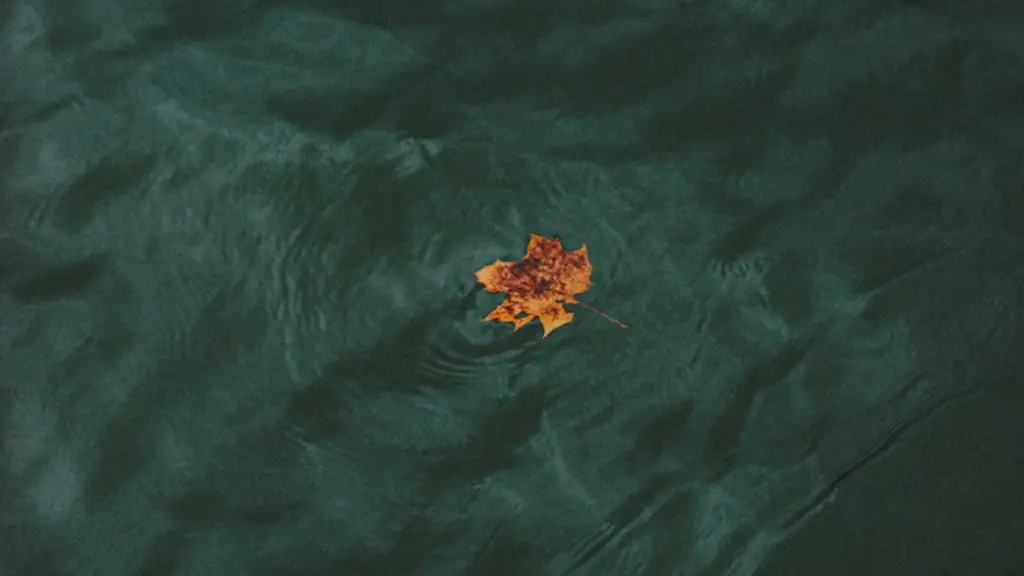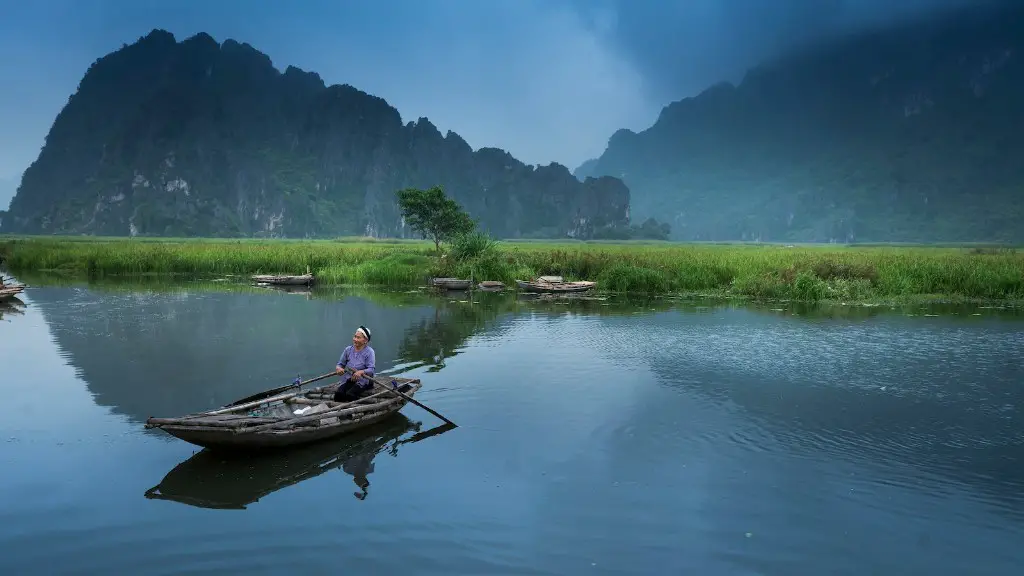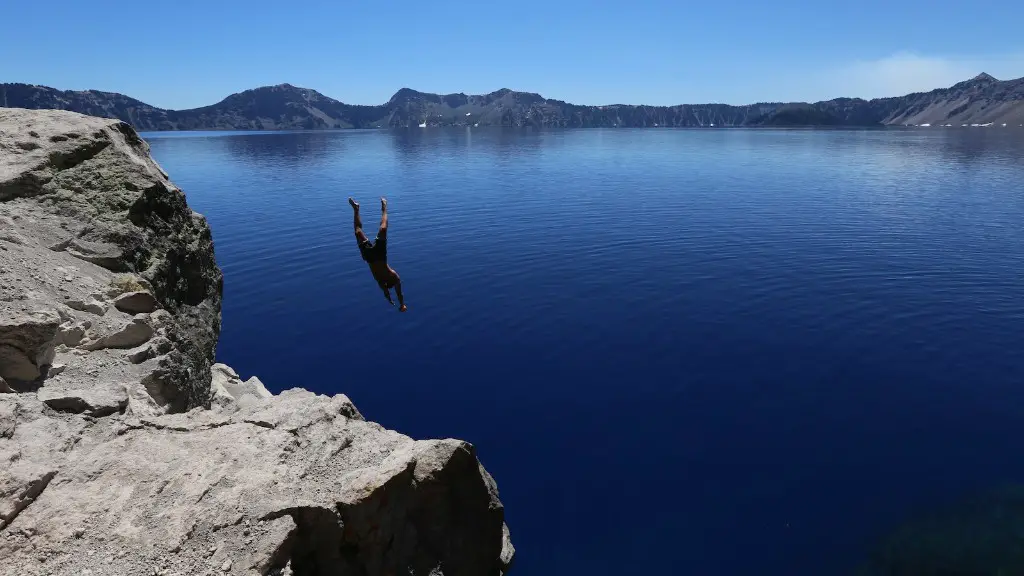1. Introduction
Lake Victoria, the largest lake in Africa, is an important body of fresh water for the people living around its shores. It plays a crucial role in the wellbeing of the communities by providing food, water, and income from tourism. As more people come to depend on the lake, they face challenges like overfishing, pollution, and drought. In this article, we’ll explore how Lake Victoria impacts the people who depend on it and the measures they have taken to protect it. We’ll also take a look at the effects of climate change on the lake.
2. The Social Impact of the Lake
The lake has been an important source of food and income for the people living on its shores for centuries. One of the most substantial sources of revenue is from fishing. Thousands of fishers rely on the lake for their livelihoods, but overfishing has caused stocks to decline, resulting in lower incomes and increased competition. The lake is also a major source of protein, providing fish, and freshwater snails to the region.
The lake also has a big role to play in the region’s tourism industry. Its abundant fish and historic and cultural sites draw visitors from around the world, resulting in jobs and income for locals. However, this has put additional stress on the lake’s resources, and tourist activities have caused the degradation of the water.
3. Pollution and Other Threats
Pollution is another threat that has had a dramatic impact on the lake. The dumping of untreated waste and agricultural runoff from the surrounding countries has resulted in increased eutrophication, causing an increase in algal blooms and a decrease in oxygen levels. This has led to a decrease in the number of fish, which has further reduced the income of fishers.
Climate change is also having a major impact on the lake. As the temperature of the lake rises, a number of different species are facing extinction. Furthermore, the longer periods of drought associated with climate change have caused water levels to drop, reducing the amount of water available for irrigation, which has further exacerbated the problem.
4. Conserving the Lake
In response to the threats to the lake, local communities have taken measures to protect it. These measures include reducing pollution, limiting fishing, and placing restrictions on tourist activities. Additionally, the governments of the countries bordering the lake have established an intergovernmental organization – The Lake Victoria Basin Commission – to manage and protect the lake’s resources.
The commission has taken measures to reduce the human impact on the lake, such as establishing buffer zones to reduce the damage done by agricultural activities and introducing measures to control fishing. Moreover, the commission is working on a number of projects to improve the water quality of the lake, including the construction of water treatment plants and the promotion of sustainable practices.
5. Perceptions and Attitudes
The people of the region have a deep reverence for the lake, viewing it as a source of life and a sacred space. For this reason, conservation efforts are often met with approval, especially those that are culturally appropriate. For example, in some parts of the region the practice of fish farming is encouraged as an alternative to overfishing and this has proven to be a popular and successful measure.
Furthermore, the region’s cultural and spiritual practices have enabled the conservation of the lake. Practices such as ancestral worship, taboos, and prohibitions have helped to raise awareness among the people and reduce activities that damage the lake’s resources. However, there is still a lack of education and awareness, and this has been cited as a contributing factor to the lake’s decline.
6. Solutions
In order to protect the lake, it is necessary to work with local communities and to focus on solutions that are culturally appropriate. Additionally, it is important to ensure that the people affected by the changes have a voice in the decision-making process.
There are also technological solutions that can be used to protect the lake. Remote sensing technologies can be used to monitor the lake’s water quality, as well as changes in water levels. Additionally, the use of artificial intelligence and machine learning can be used to develop models to predict future trends and forecasts.
It is also essential to raise awareness about the lake and the threats it faces. Education is key to ensuring that people understand the importance of protecting their environment and the need to take action to reduce their impact on the lake’s resources.
7. Funding
Securing funding has been a challenge for the Lake Victoria Basin Commission. Governments, businesses, and international organizations need to work together to ensure sufficient funding is available to protect the lake’s resources.
The commission needs to be able to access funding from different sources, such as bilateral support, project funds, and research grants. Additionally, partnerships with the private sector are essential in order to secure the necessary investments.
8. Job Creation
In order for the people of the region to benefit from Lake Victoria, it is necessary to create sustainable jobs that are not dependent on the lake’s resources. This could be done by encouraging investment in other industries, such as renewable energy and eco-tourism. Additionally, the government needs to create an enabling environment for businesses to thrive and to provide incentives for job creation.
9. International Cooperation
The lake is shared by three different countries, and cooperation between them is essential to ensure the lake’s future. The countries must work together to ensure that the lake’s resources are managed sustainably and that the people of the region benefit.
International donor organizations such as the World Bank and the United Nations can help to strengthen cooperation by providing funds and technical support. Furthermore, the establishment of international law is necessary in order to ensure that all countries abide by the same set of rules.
10. Political Will
The governments of the countries surrounding Lake Victoria need to demonstrate political will in order to ensure the lake’s sustainability. This will involve investing in the region’s infrastructure, strengthening the rule of law, and protecting the lake’s resources.
Moreover, the governments need to put in place legal and institutional frameworks to promote sustainable development, such as policies to reduce poverty and increase access to jobs. Additionally, government officials need to be held accountable and the region’s resources need to be managed transparently and effectively.


